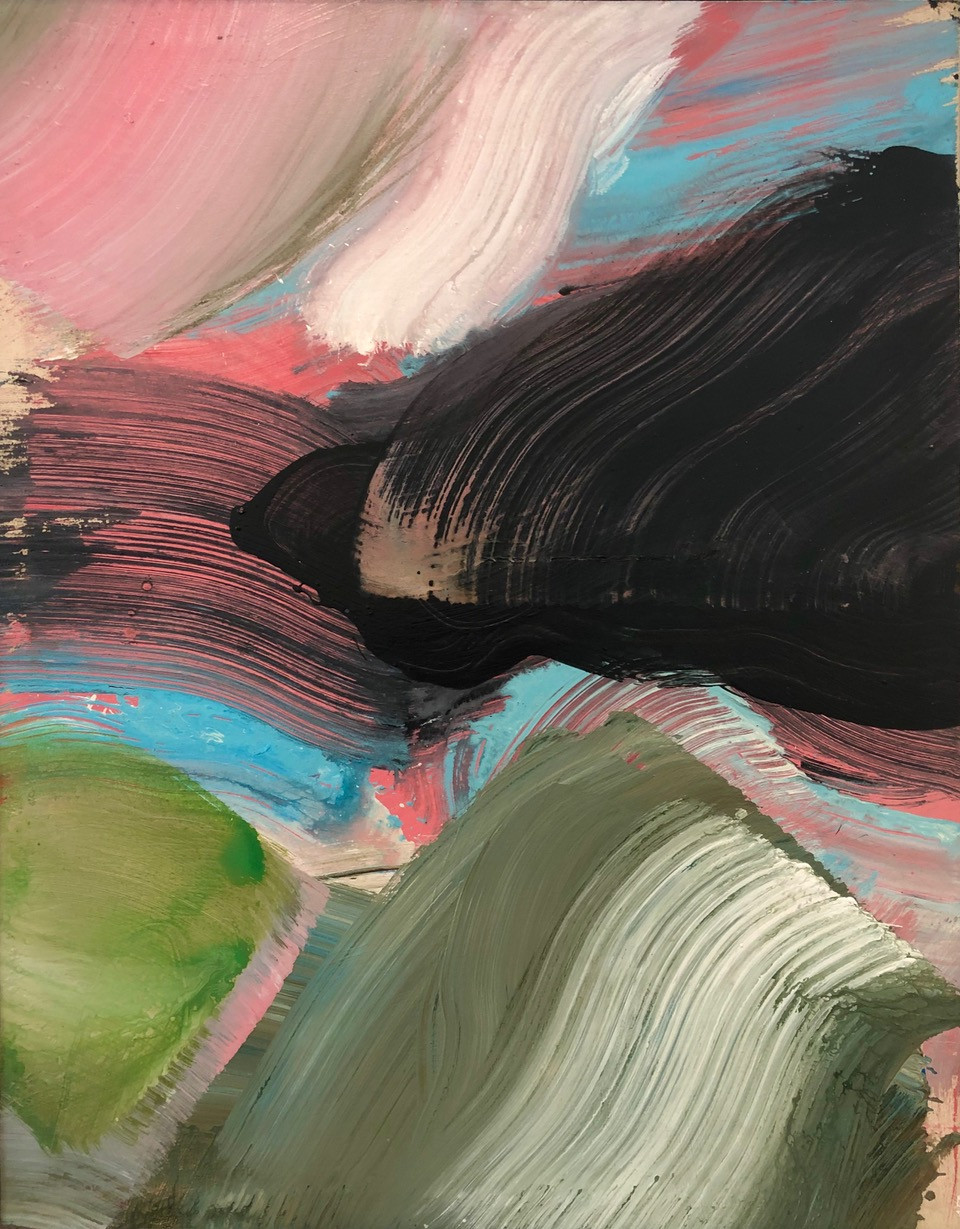[ad_1]
Historically, there have been no auction houses in the United States devoted entirely to selling work by black artists—until now. The new Indianapolis-based Black Art Auction house aims to fill that gap, and it’s launching its inaugural sale on Saturday with a sale of art spanning the 19th, 20th, and 21st centuries. With lots by some of the most important African American artists of all time, the sale could potentially become an important one.
Black Art Auction’s founder, Thom Pegg, who also owns the St. Louis–based gallery Tyler Fine Art, said he is hoping to bring to collectors a part of art history that’s rarely been given prominence in the auction world. “Creating an auction entirely dedicated to the sale and scholarship of African American art allows the audience to develop a better perspective on the history of the artist’s lives, especially styles and subject matter unique to black artists,” Pegg said. Having previously sold works by African American artists to some of America’s most important museums, including the Art Institute of Chicago, the Museum of Fine Arts Houston, and others, Pegg is now aiming to have his new house stage remote auctions across the country as well.
The highest-value lots in the upcoming sale include works by abstract painters of the mid-20th century. Among the highlights on offer are two works on paper by American painter Alma Thomas, whose pieces in the Black Art Auction sale are expected to sell for between $40,000 and $85,000. With a retrospective set to open at the Chrysler Museum of Art in Norfolk, Virginia, next year, Thomas has seen a new level of attention from collectors and curators alike. A 1970 painting recently set her auction record when it sold for $2.6 million in November 2019. And the craze for Thomas is not unique among artists included in tomorrow’s Black Art Auction sale.
“Work by artists such as Norman Lewis, Alma Thomas, Sam Gilliam, and Ed Clark—all represented in this auction—have begun to bring serious money,” Christopher West, an Indianapolis-based gallerist and a partner at Black Art Auction, said.
Clark’s Untitled (China Series), from 2000, is among the sale’s top offerings, carrying an estimate of $200,000–$300,000. Clark, who joined the mega-gallery Hauser & Wirth shortly before his death last year, has seen a recent market spike. Even with the coronavirus pandemic having forced the auction house to close its doors, Phillips sold a 1978 Clark canvas for double its low estimate in its “New Now” sale for $462,500, nearly notching a new record for the artist.
Three major works by another pioneering black abstract artist, Sam Gilliam, are also on offer in the Black Art Auction sale, at values between $40,000 and $500,000. And Barkley Hendricks’s oil painting Lover’s Leap (Porch View), from 1996, is among the mid-value lots available, with a price of $20,000–$30,000. Works by Norman Lewis, Gordon Parks, Beauford Delaney, Hughie Lee-Smith, Charles White, Romare Bearden, Jacob Lawrence, William H. Johnson, and Elizabeth Catlett will also be on offer.
Some contemporary black artists have claimed that the market craze for their work is exploitative. In an Artsy interview, Tschabalala Self described her work’s success on the block as “tasteless spectacle” and said that the practice of auctions was reminiscent of slavery. And in a recent lawsuit, Howardena Pindell claimed that her former dealer obscured market dealings of her work and “took advantage” of her and her black artist colleagues in the process.
Pegg, who is white, denied that Black Art Auction is exploitative. He said that the firm’s focus is on artists who have long historical legacies, not emerging artists whose work gets flipped for large prices, and that his aim is to historicize and contextualize black American art in a way most auction houses tend not to. “Within the scope of one auction, versus many sales scattered throughout years and locations, the viewer can get a pretty good feel for these themes, and follow the chronology of styles and subjects—not only with the work of a single artist over time, but also their contemporaries as a group,” Pegg said. “It is so much easier to create and understand these relationships when every work included is done by a black artist.”
West said that Black Art Auction was part of a larger initiative to bring in figures who had historically been marginalized. “The art market in general has finally begun to recognize the work of these artists—ignored for so long simply because of their race—as equal to their white contemporaries,” he said, adding, “The skyrocketing prices of work by marquee artists are also causing buyers to begin to look laterally—at work by their contemporaries—which are high-quality and relatively inexpensive.”
Some artists included in the sale are likely to be unfamiliar to most in the art world. One 1900 landscape painting of the Mississippi landscape by Grafton Tyler Brown has been given a pre-sale estimate of $100,000–$150,000, and a range of pieces by John Biggers, a muralist whose work was included in the 1943 Museum of Modern Art exhibition “Young Negro Art,” will also be put up for auction. Pegg said part of his goal is to introduce under-recognized artists to collectors and institutions of note.
“That type of connecting the dots is important in helping promote the history of black art,” he said. “Even small things, like providing an image of the artist, are important. People need to see the faces of these artists, to know what they looked like.”
[ad_2]
Source link


